Eighty years span several lifetimes in car terms, so it’s little surprise that in mechanical terms there’s really little in common between the Willys MB – the first vehicle we now recognise as a Jeep – and the latest Jeep Wrangler. They’re different machines from different eras, built by different companies for very different purposes.
There is, however, an undeniable link between the two. It’s the shared guiding ethos that both are designed to offer: freedom. A very American sort of freedom at that, the sort best served with fireworks, cheerleaders, chants of ‘U-S-A! U-S-A!’ and a side of cheese-smothered freedom fries.
The past 18 months or so have given us all a new appreciation of freedom and the ability to go where we want when we want. I reflect on that from behind the thin steering wheel of the MB. This is the first jeep, from a time when that moniker was a nickname rather than a brand with a capital ‘J’. It’s a vehicle designed to go anywhere, and by modern standards it’s startlingly minimalist: the dashboard is stripped to its essentials, there’s no roof or seatbelts and a haggard fabric strap merely hints at side protection without offering any.

Still, once you’ve mastered the vagaries of starting it (heel on brake, toe pushing accelerator, stretch under the dash for the ignition button) and received a thorough workout wrestling for gears using the long-throw stick, it’s easy to see why the MB was a seminal vehicle for military use – and why it was so quickly embraced by civilians.
This is stripped-back, raw freedom in motoring form. At speed, the MB is disarmingly easy and fun to drive, enjoyably open to the elements and still feeling as rugged and indestructible as it did 80 years ago. You feel it could still tackle the roughest of off-road tracks without breaking a sweat.
It’s that sense of go-anywhere motoring freedom that millions of buyers of this vehicle’s descendants have enjoyed and why the Jeep’s natural home is in the wilds of the American west, traversing the rocky Rubicon Trail or the rubble-strewn, sun-baked tracks around Moab.
Then I turn a corner at speed and, instead of a faceful of desert sand, I’m hit with the full force of a chilly Cambridgeshire wind and a faceful of sodden, decaying leaves. Our freedoms may be returning, but the restrictions and complications of travel mean celebrating Jeep’s 80th birthday in the UK, not Utah.
Still, the Imperial War Museum Duxford is a fitting venue, because the creation of the MB in 1940 was rooted in a very literal fight for freedom. In July of that year, with World War II escalating, officials recognised a need for a new light reconnaissance vehicle to replace its ageing fleet of converted Ford Model Ts. The War Department drew up a list of requirements and invited 135 manufacturers to tender for production. Two responded.

Those bids came from the American Bantam Car Co and Ohiobased Willys-Overland. Bantam was the quickest to respond, with a prototype beginning tests a staggering 49 days after the tender was received. But with doubts over Bantam’s ability to meet the production run, the War Department invited WillysOverland and Ford to bid on the contract and gave them access to the Bantam design to speed up the process. The Army then subjected the three designs to a triple test that probably matched Autocar’s equivalent in its thoroughness.
The Willys-Overland Quad was the most powerful, thanks to its 60hp Go Devil four-cylinder engine, the Bantam was the most fuel efficient and the Ford Pygmy was better constructed and had superior design details. The Army continued to revise the specifications – the original maximum vehicle weight of 1300lb was deemed too low, for example – and eventually awarded the first build contract to Willys-Overland. Ford later gained a contract to help meet production demand. For its efforts, Bantam was granted a contract to build trailers.
The resulting recce vehicle was an instant success and a rare example of design by committee actually working. It was fast and nimble yet tough enough to handle any terrain. It could tow weapons, be fitted with a machine gun or serve as a battlefield ambulance. For reasons the history books can’t agree on, it was nicknamed the jeep and, as the US joined the war, was pressed into action across Europe and the Pacific.

Willys-Overland would build more than 368,000 MBs, with Ford producing 277,000 under licence. As the war ended, Willys-Overland bosses began to plot a civilian future for the jeep – although they were beaten to it by thousands of enterprising types across the world, who repurposed in myriad ways the jeeps left behind by the US military.
In 1945, the Jeep CJ-2A arrived, essentially a reworked MB with a bootlid, a spare tyre, bigger headlights and other mod cons. The firm attempted to trademark the Jeep moniker in 1943, although this was rejected after it was opposed by Bantam and others. Willys used it in advertising anyway, and controversially was granted the trademark in 1950.
With an ongoing military production contract for jeeps, WillysOverland doubled down on the offroader’s success, never returning to car production. Instead it expanded the Jeep line-up with further models, including the Wagoneer SUV and the Gladiator pick-up truck.
Despite the Jeep’s popularity, Willys-Overland struggled, and it was bought by Kaiser in 1950. Rebranded Kaiser-Jeep in 1963, that firm also struggled, and in turn it was bought by American Motor Corporation (AMC) in 1969.

Under AMC, the brand launched some of its most progressive machines, including the 1976 CJ-7, the biggest design change to the core Jeep model for more than 20 years. A longer wheelbase offered more space and allowed for an automatic gearbox, and a plastic roof and steel doors were offered as options.
While the basic layout and styling elements from the MB remain, any real vestige of military usage has long gone. There’s a lot more sport than utility going on here. It’s all very 1970s Americana, from the elongated, curved font used on the oversized dials to the tan leather seats, while the narrower, more rounded bonnet maintains the MB’s shape but veers close to pastiche. If influencers were a thing in 1976, pictures of them posing in a CJ-7 would be clogging up Instagram.
There’s a carefree pleasure to driving it. The steering is soft and lacks a bit of feel owing to the off-road tyres, and it wobbles and bounces along the access roads of IWM Duxford. It’s perfectly pliant on our Tarmac test route, but it’s clear this is a machine that would be more at home on rockier terrain.
But while built for the wild, Jeeps were increasingly used on the roads. In 1986, AMC responded and took the bold step of retiring the CJ line, replacing it with the Wrangler. The name change marked a significant shift in philosophy: the new machine was still a compact, capable offroader, but there was a determined shift to add more of the comforts and features of passenger cars. The first Wrangler took its basic design from the CJ-7, but the mechanicals were virtually all new.

Not long after the Wrangler was launched, Jeep had new owners. AMC had long struggled, despite the success of its off-road brand, and in 1987 it was snapped up by Chrysler.
Sure enough, Jeep’s popularity continued to build, with the Wrangler supplemented by a growing range of even more road-focused products, helping Chrysler to grow significantly in turn. In 1998, the firm merged with Daimler, but it was a disastrous venture that lasted less than a decade. Two years after that, Chrysler went bankrupt in the 2009 financial crisis.
It was saved by Fiat, whose boss, Sergio Marchionne, recognised the potential of the Jeep brand. He rejuvenated the line-up and kept it centred on the Wrangler, still the go-anywhere, do-anything heart of the brand. Jeep became the cash cow of the Fiat Chrysler empire, and at times it pretty much underpinned every other brand.
Fiat Chrysler Automobiles recently merged with the PSA Group to form Stellantis. The new car giant may have a largely meaningless name, but it has signalled its intent to continue drawing on the rich – and very American – heritage of the Jeep brand.

That brings us to the Wrangler 80th Anniversary Edition, which closes the eight-decade circle with a raft of bespoke styling elements that hark back to the original MB. That said, from inside the Wrangler, sitting on the comfortable seats and cocooned from the elements by reassuringly chunky aluminium doors and roof, with warm air blowing out of the heaters and music playing, there’s really very little in common with the MB. Even if you squint really hard.
But once you’re moving, there’s something. Not directly: the ride, suspension, refinement and comfort levels of the latest Wrangler are worlds ahead of both the MB and the CJ-7. But the same sense of freedom is there: the belief that you’re in a vehicle that could take you pretty much wherever you want. No wonder it’s a concept that has endured for 80 years – and doubtless many more to come.
Jeep spin-offs: the best and the worst

1946 Willys Jeep Station Wagon: The first all-steel station wagon designed purely as a passenger vehicle was offered with rear- or four-wheel drive, with the latter arguably the first true ‘sport utility vehicle’.

1962 Jeep Gladiator: The body-on-frame truck shared its basic architecture with the Wagoneer, and came with rear- or four-wheel drive. It remained on sale in the same basic form (albeit with different names and styling) for 26 years. A Wrangler-based revival went on sale in the US in 2019.

2010 Jeep Commander: The mid-size SUV was launched in 2005 using the Grand Cherokee platform. It had few distinguishing features and was quickly killed off by Sergio Marchionne after the Fiat-Chrysler merger. He described it as “unfit for human consumption”.

2014 Jeep Renegade: The Jeep Renegade was the first Jeep based on a Fiat platform and the first built exclusively outside the US. It features the firm’s familiar styling cues but none of its go-anywhere ability. An indifferent offering in the crowded small SUV class.

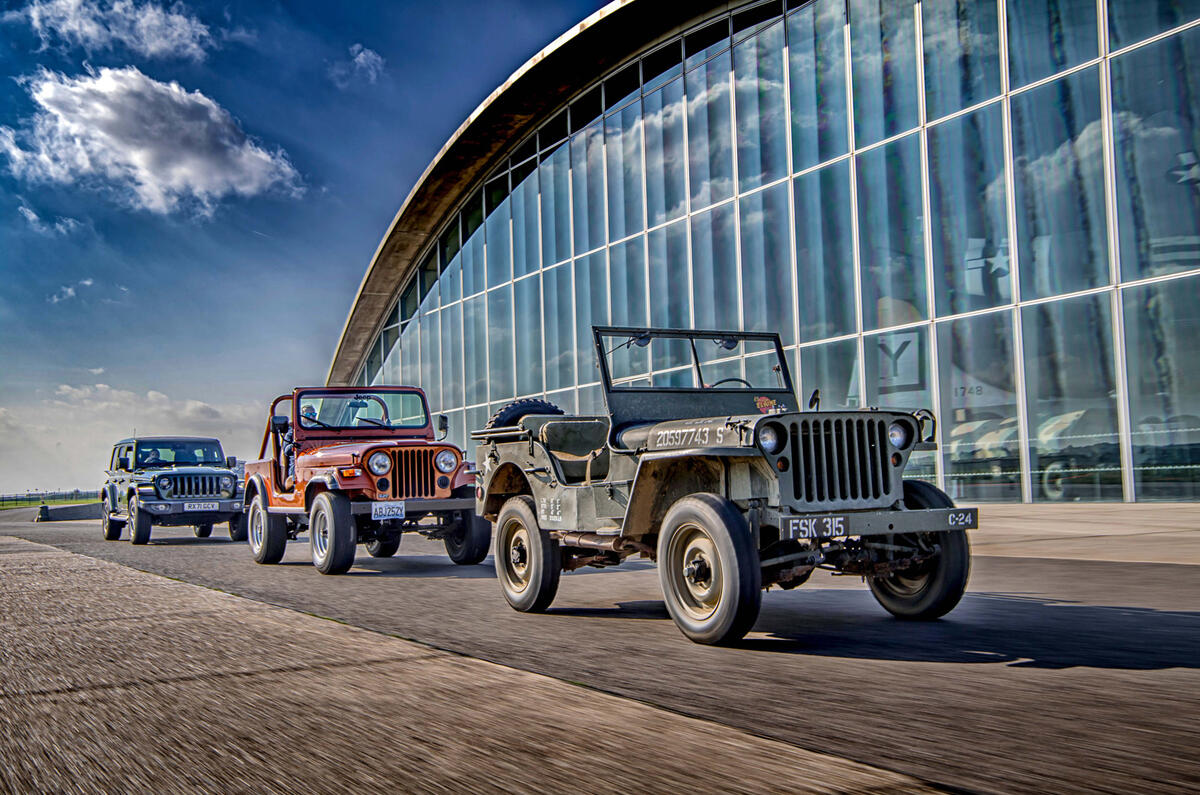
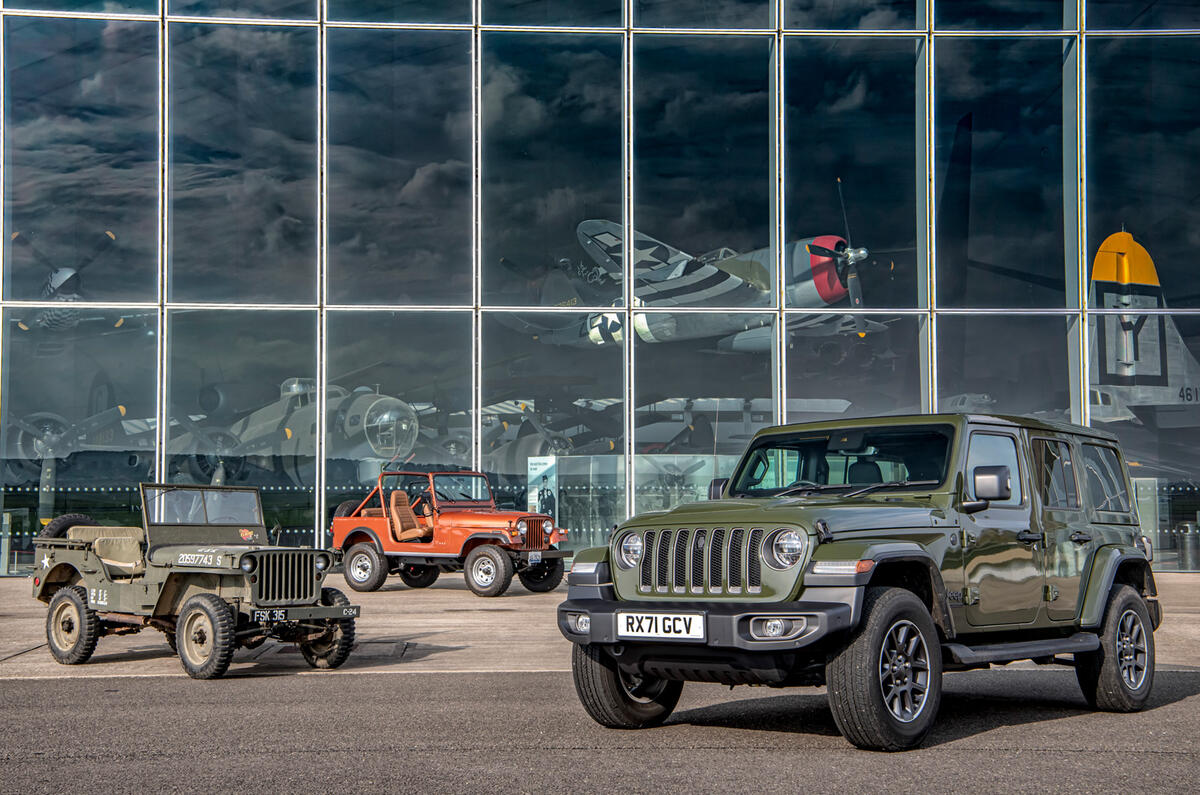
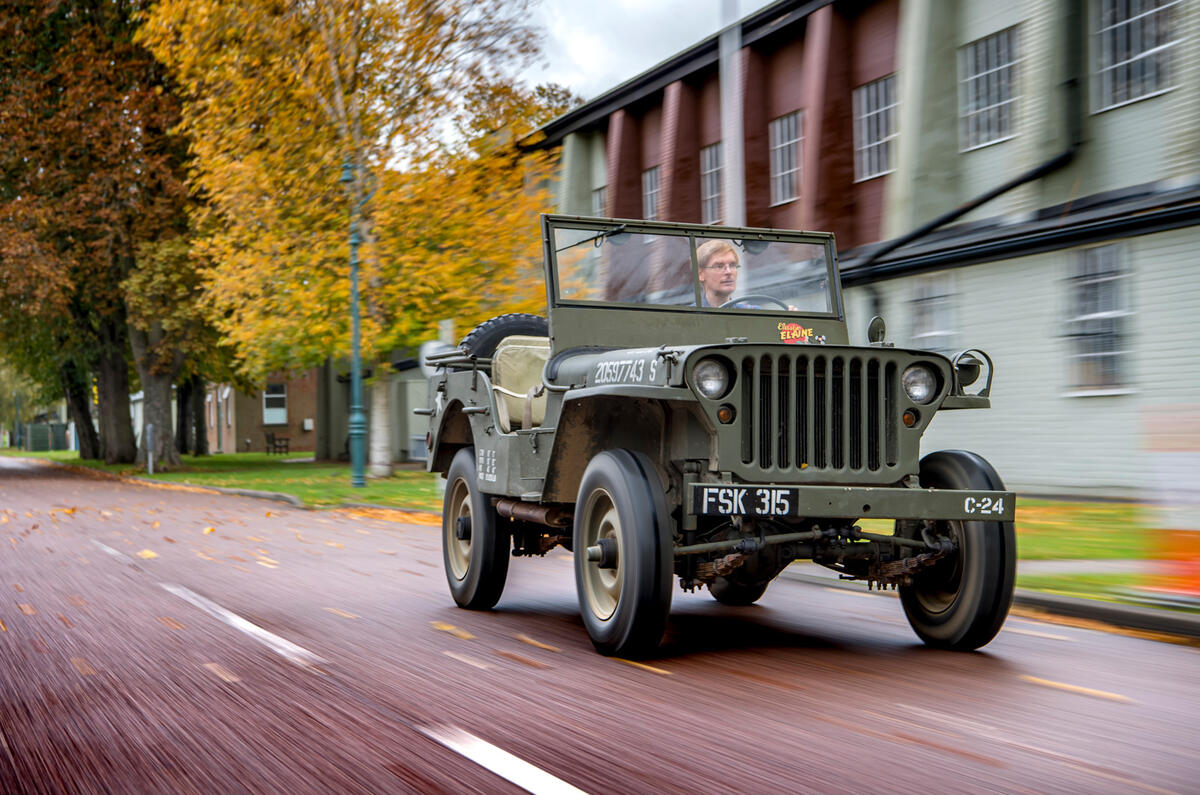
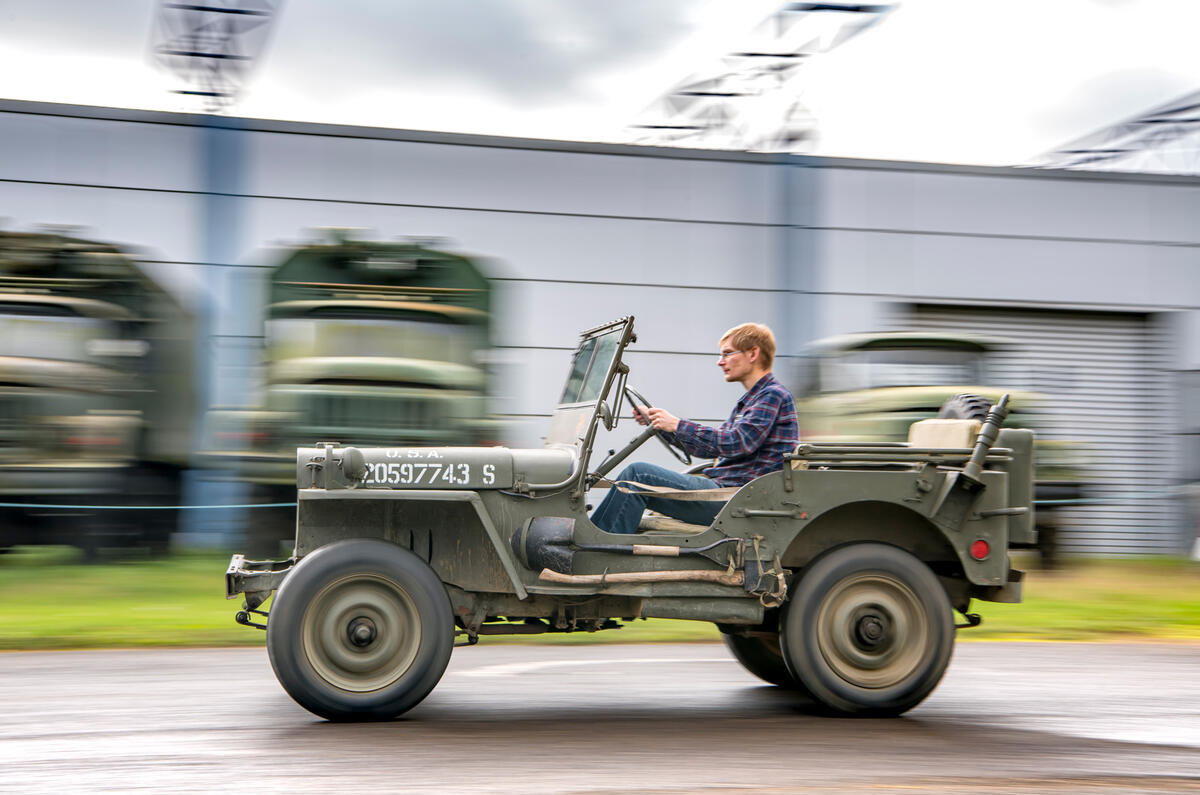
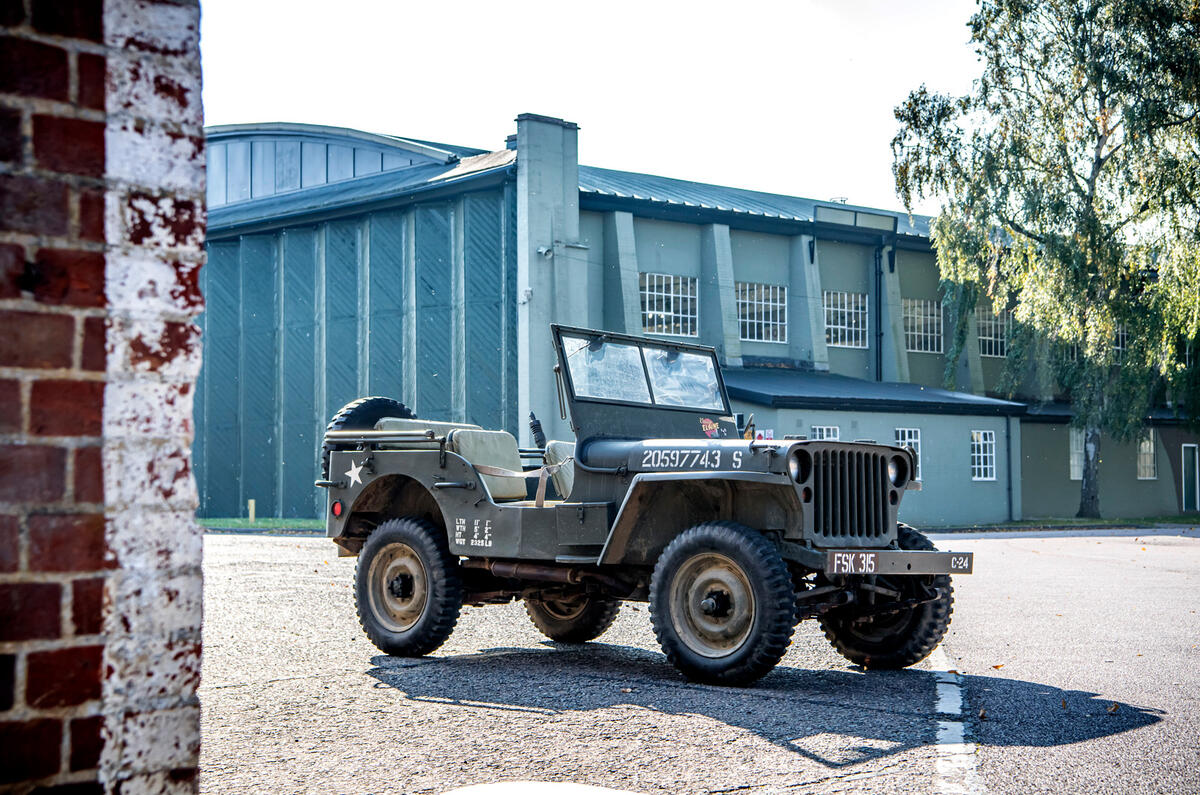
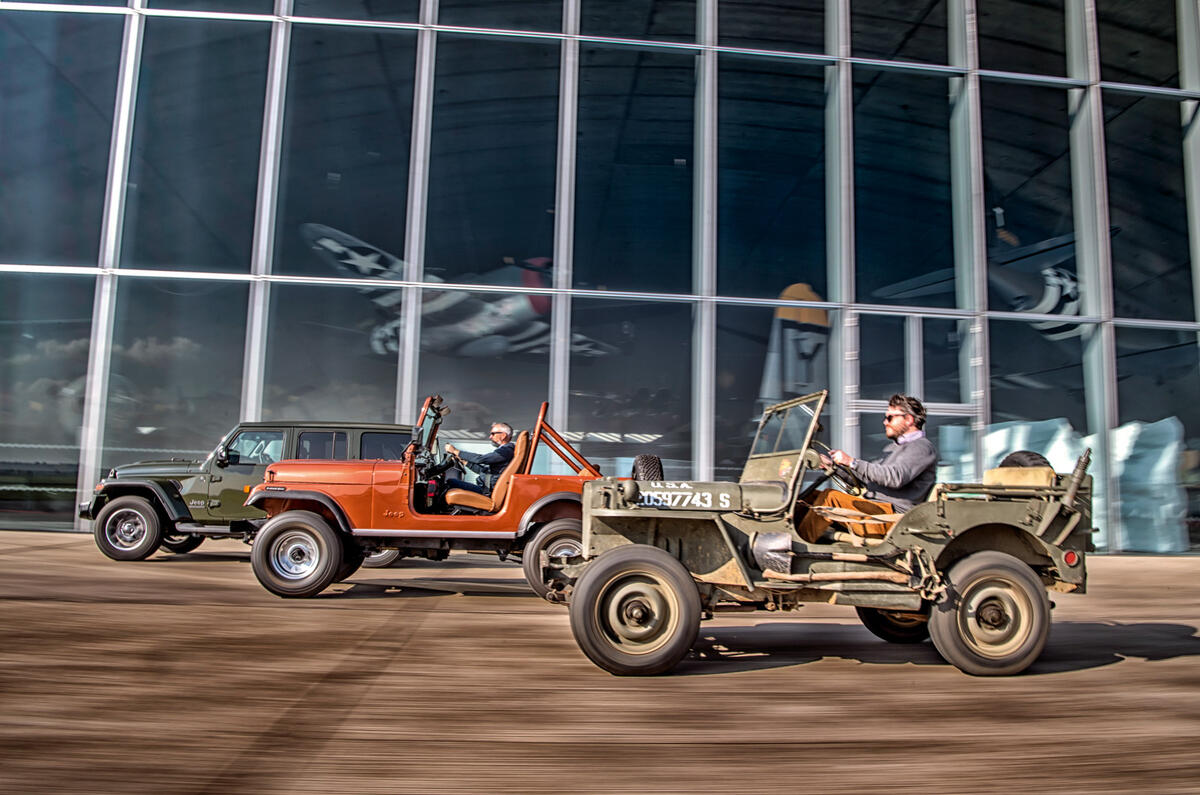
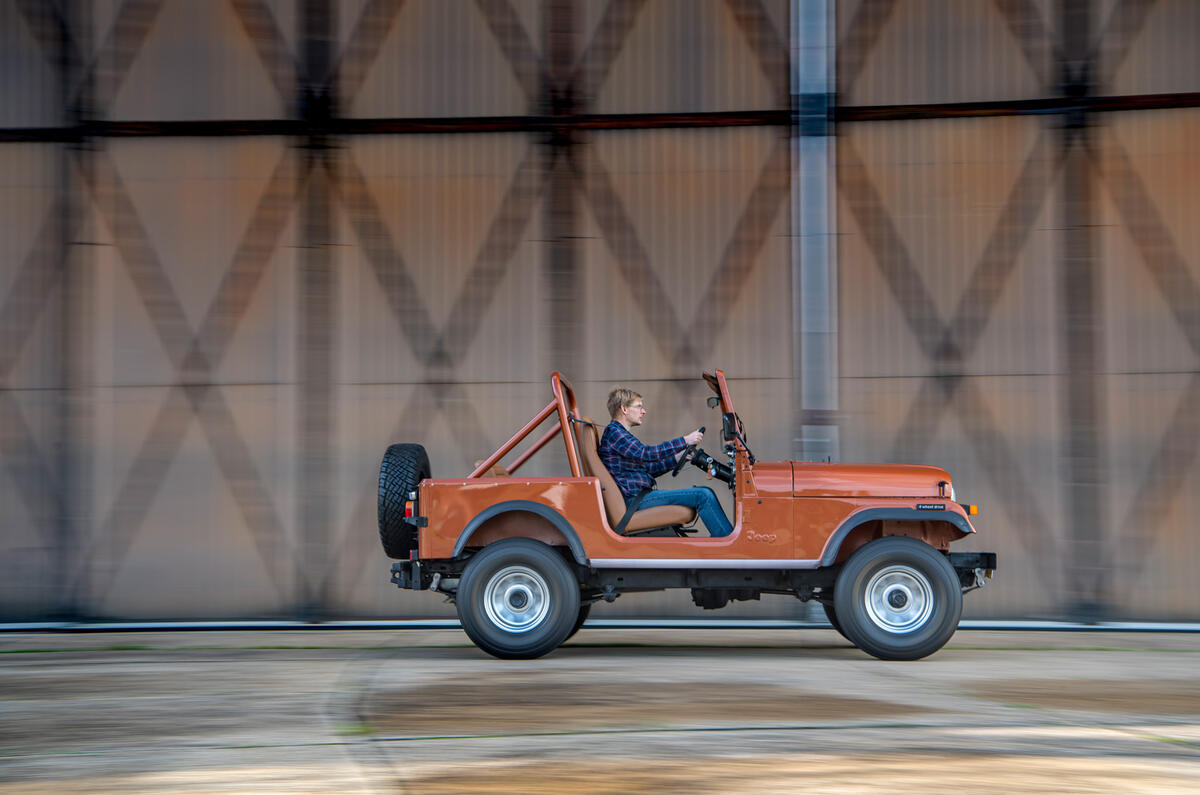
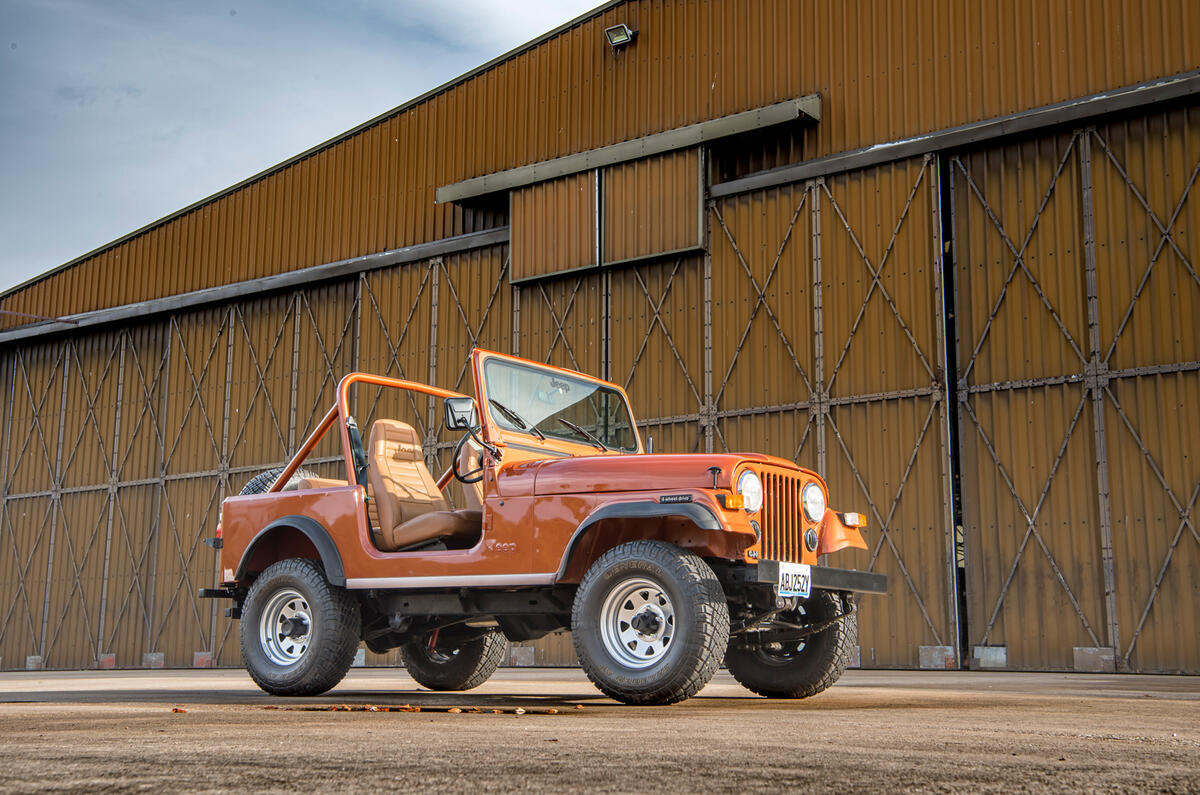
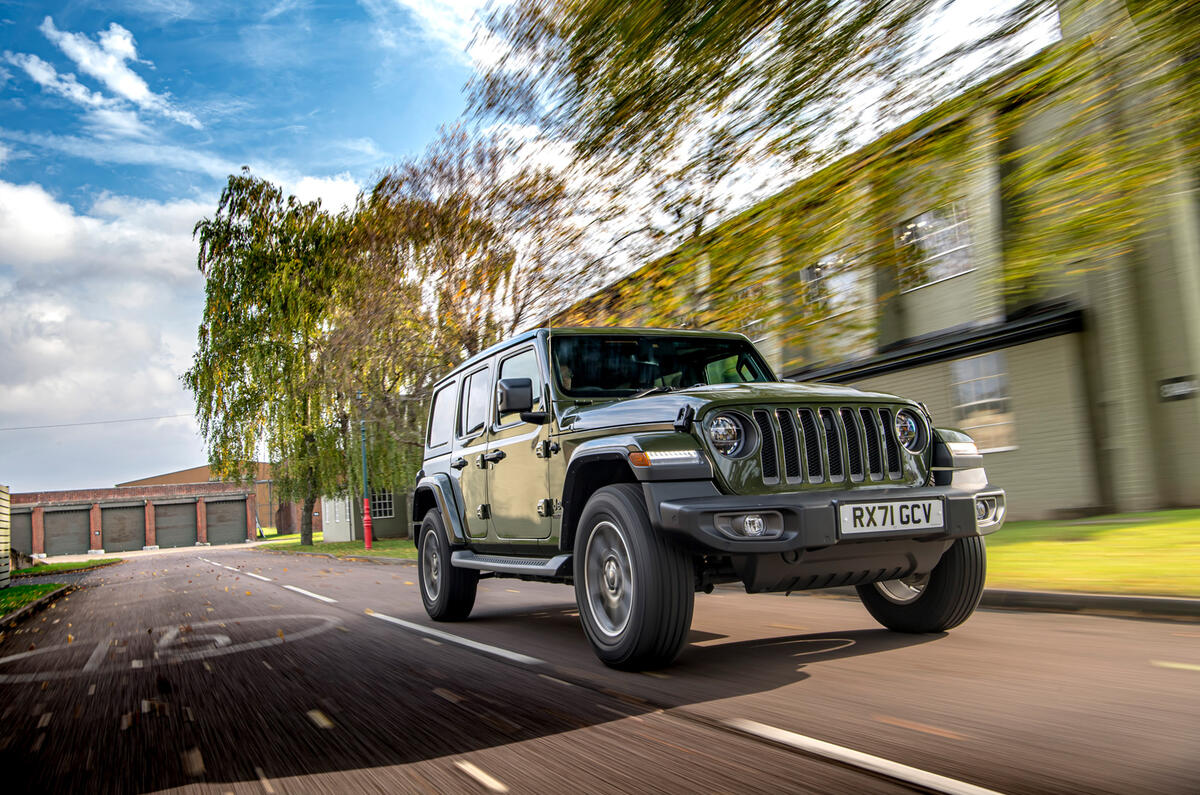
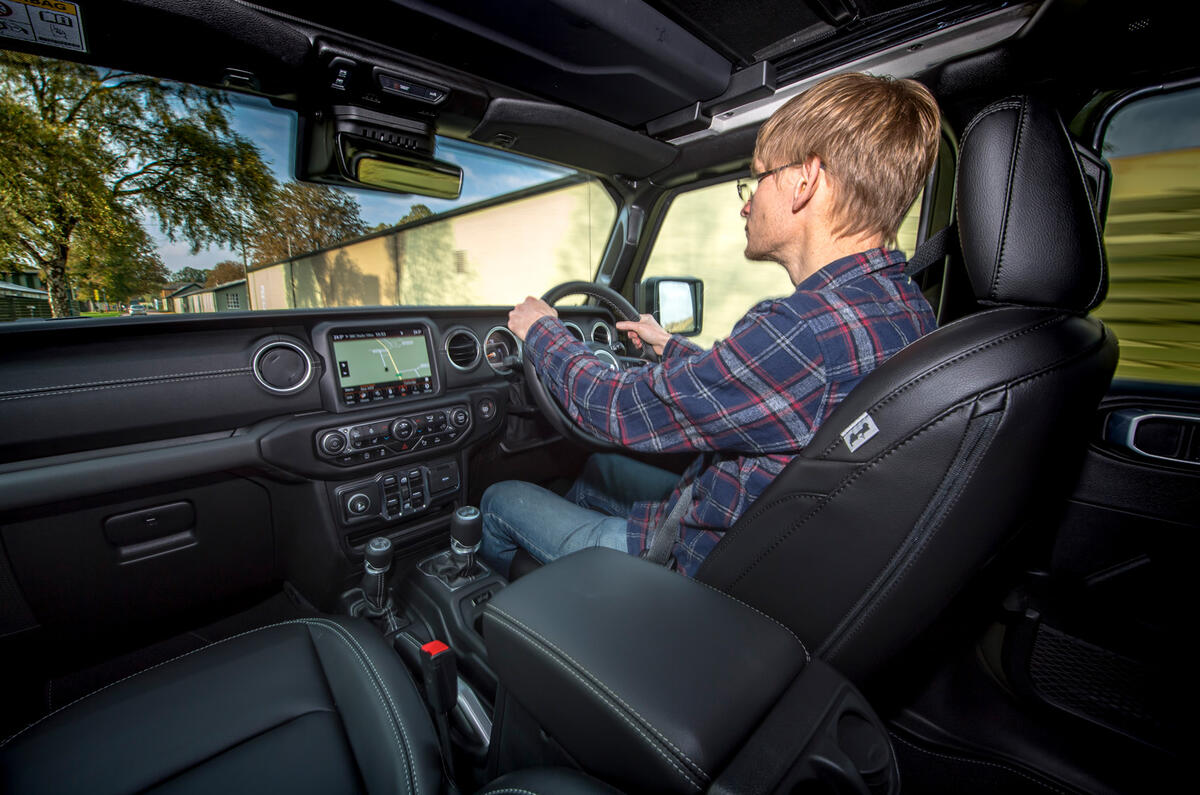
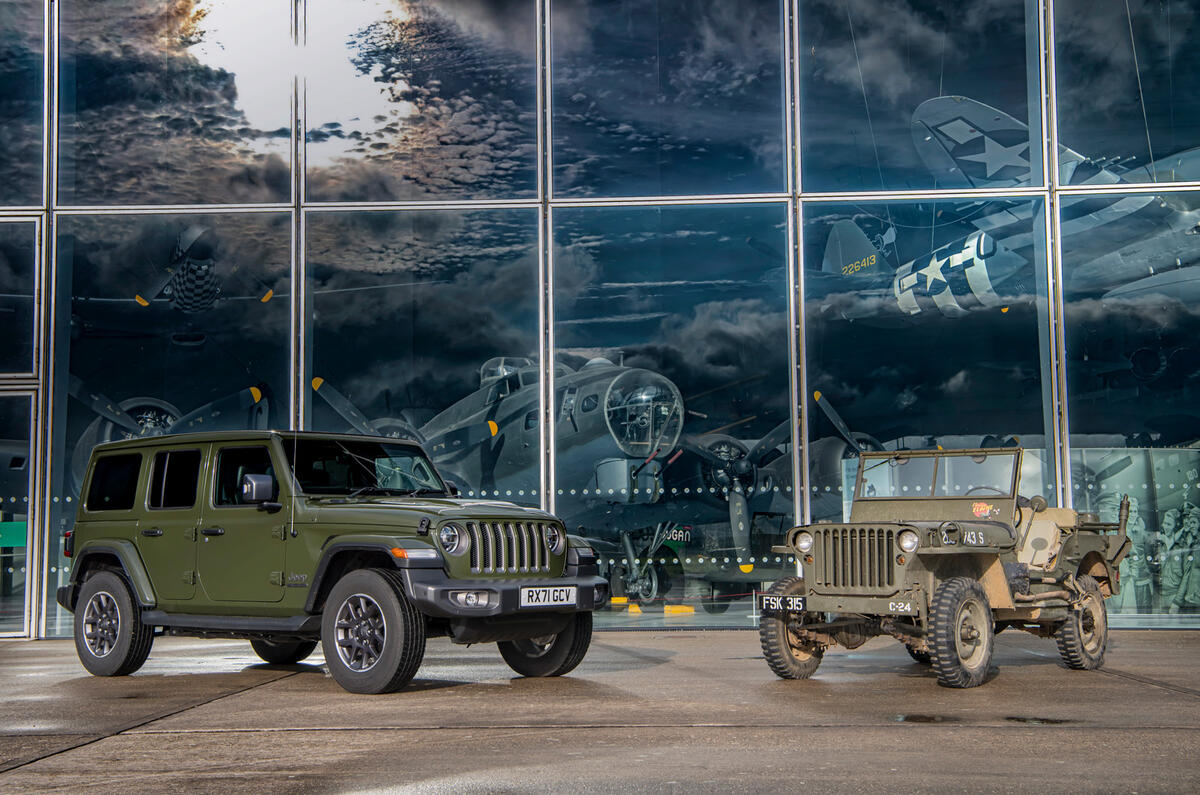
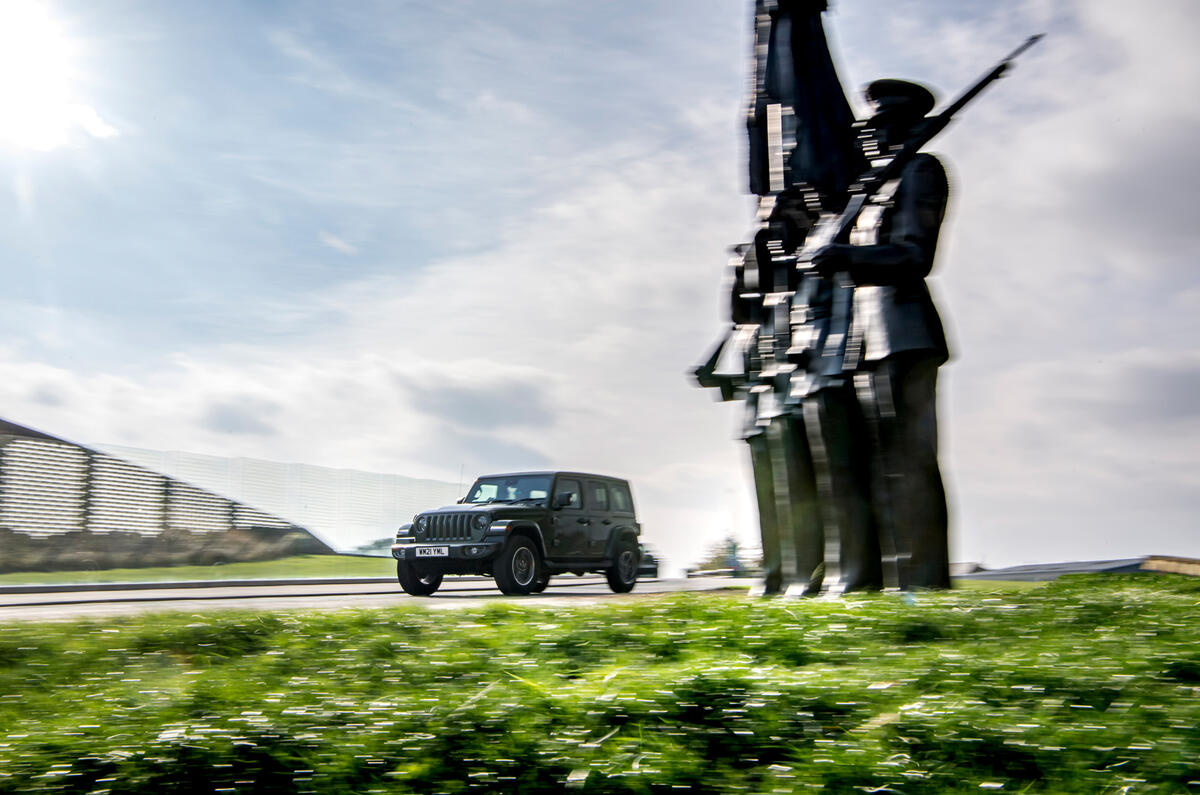
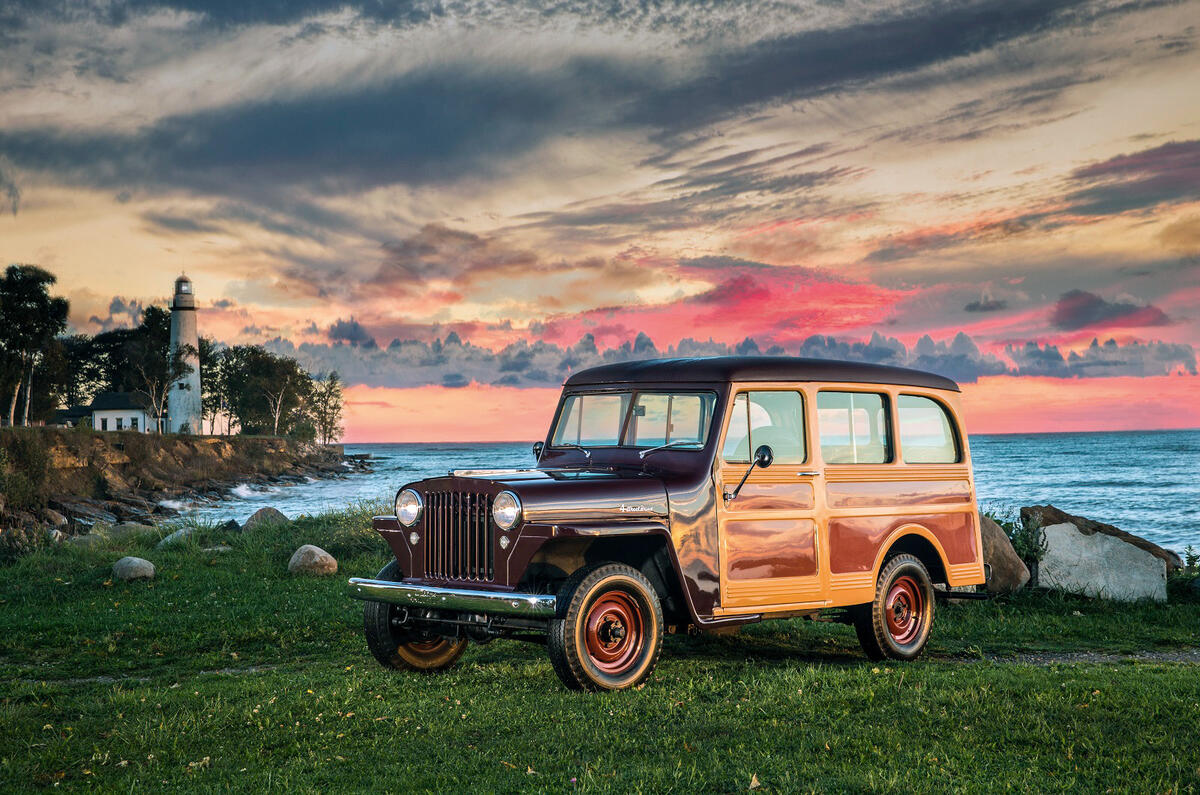
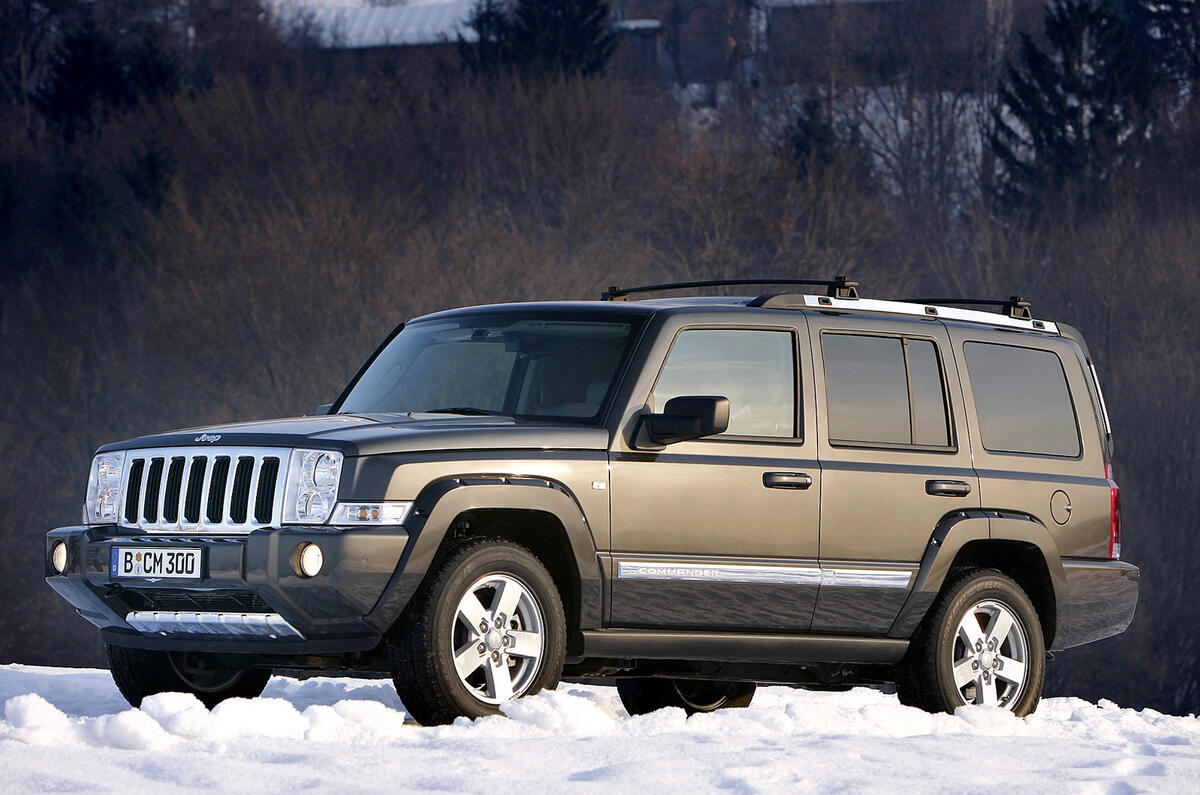
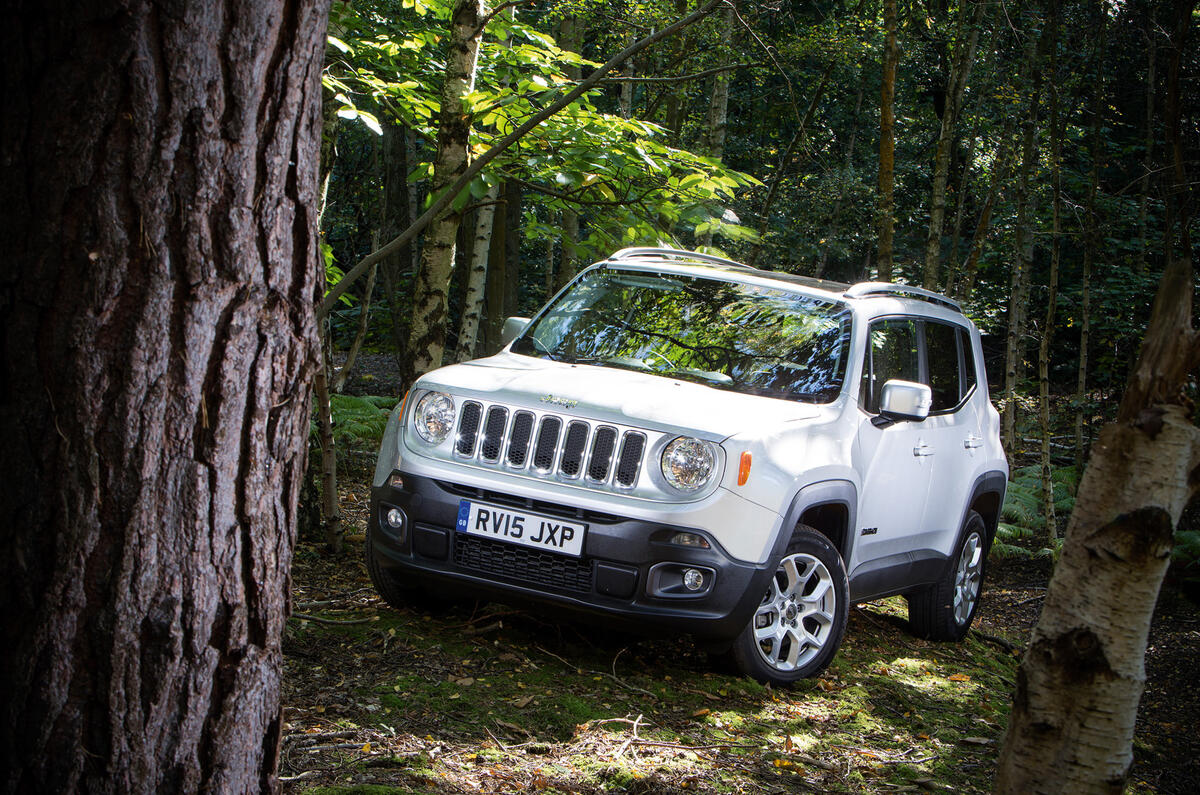
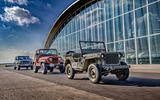
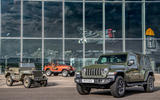
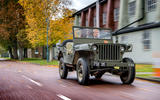
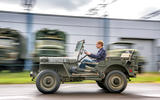
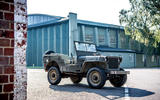
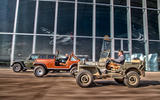
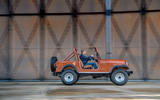
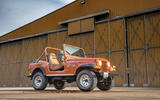
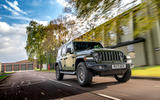
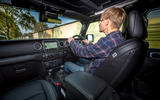
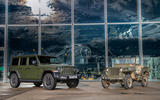
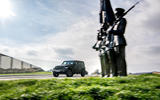
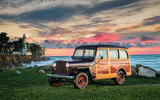

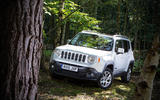






Join the debate
Add your comment
As the owner of a brand new renegade, bought after reading countless road tests and reviews, how the author can say the renegade offers little 'go anywhere' ability with any credibility I do not know.A renegade 4x4 will literally go anywhere other off readers will, and outperform anything in its 'SUV' class, acknowledged by tests that autocar have written themselves. Weird!
How after 80 years and multiple mergers a reliable Jeep has not yet emerged from the gates of the plant (or planet).
well I own a reliable, new, impressive and rewarding Jeep, so I guess it has emerged
And i guess you still think French cars are unrelaible, and German ones arent as well? I cant tell you if all Jeeps are well made of not, but the Wrangler i bought 8 years ago is still going well, without any failures to date.